The Monument to the Great Fire of London - "Catch fire"
In London, when it comes to the place name 'The Monument', locals know that it specifically refers to the 'The Monument to the Great Fire of London'. It is located at the intersection of The Monument Street and Fish Hill Street. The monument is 61.5 meters high and is cylindrical with grooves, with a hollow interior. It has 311 rotating stairs leading directly to the top of the monument, and the top is surrounded by a ball of flame decoration. This monument commemorates the fiercest fire in London's history.
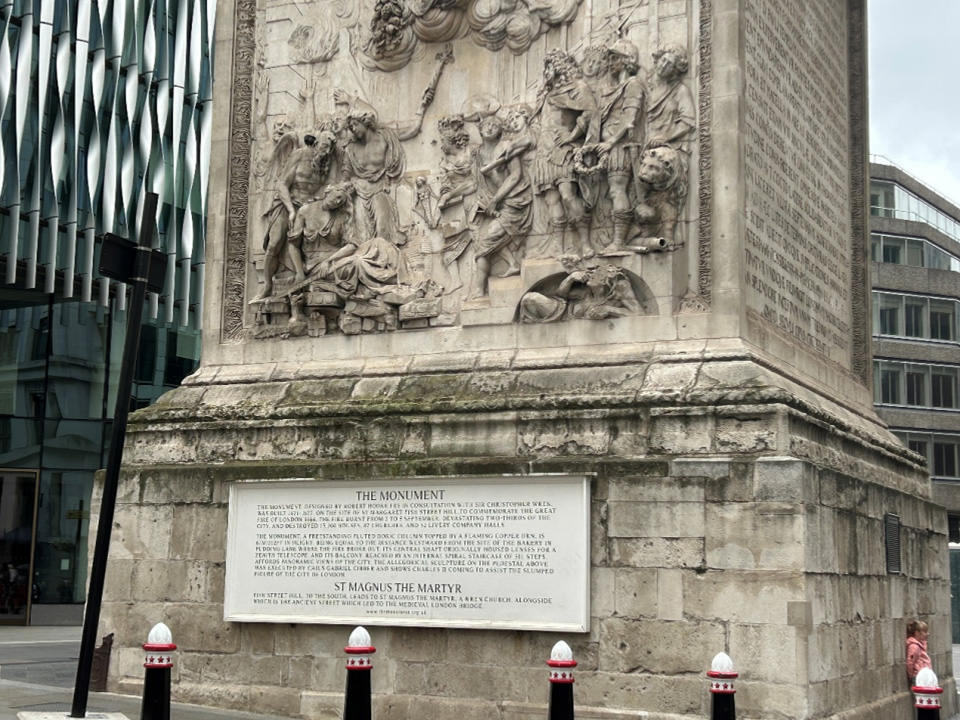
Figure 1: The inscription at The Monument
This great fire occurred in September 1666 (the fifth year of the Kangxi reign of the Qing Dynasty) and lasted for four days, affecting two-thirds of the area of London at that time, burning down over 13200 residential buildings; 87 churches, including St. Paul's Cathedral; 52 large companies. Looking back at this famous accident case in the history of firefighting, what can we learn from it?
Before reviewing this great fire, it is necessary for us to have a brief understanding of its spatiotemporal background. At that time, London had a population of between 300000 and 400000, making it the largest city in the UK and the third largest city in the West. Due to the increasing population, the land within the medieval walls of London was no longer able to accommodate these populations. The land inside and outside the walls was densely covered with impoverished streets and alleys. They are mostly wooden structures, complemented by thatched roofs, and multi-story buildings with only a space left for people to walk on the ground floor, while the upper floor extends outward to occupy a larger area. The distance between buildings is so close that even the "handshake building" in modern urban villages is dwarfed, it is simply a "face to face building".
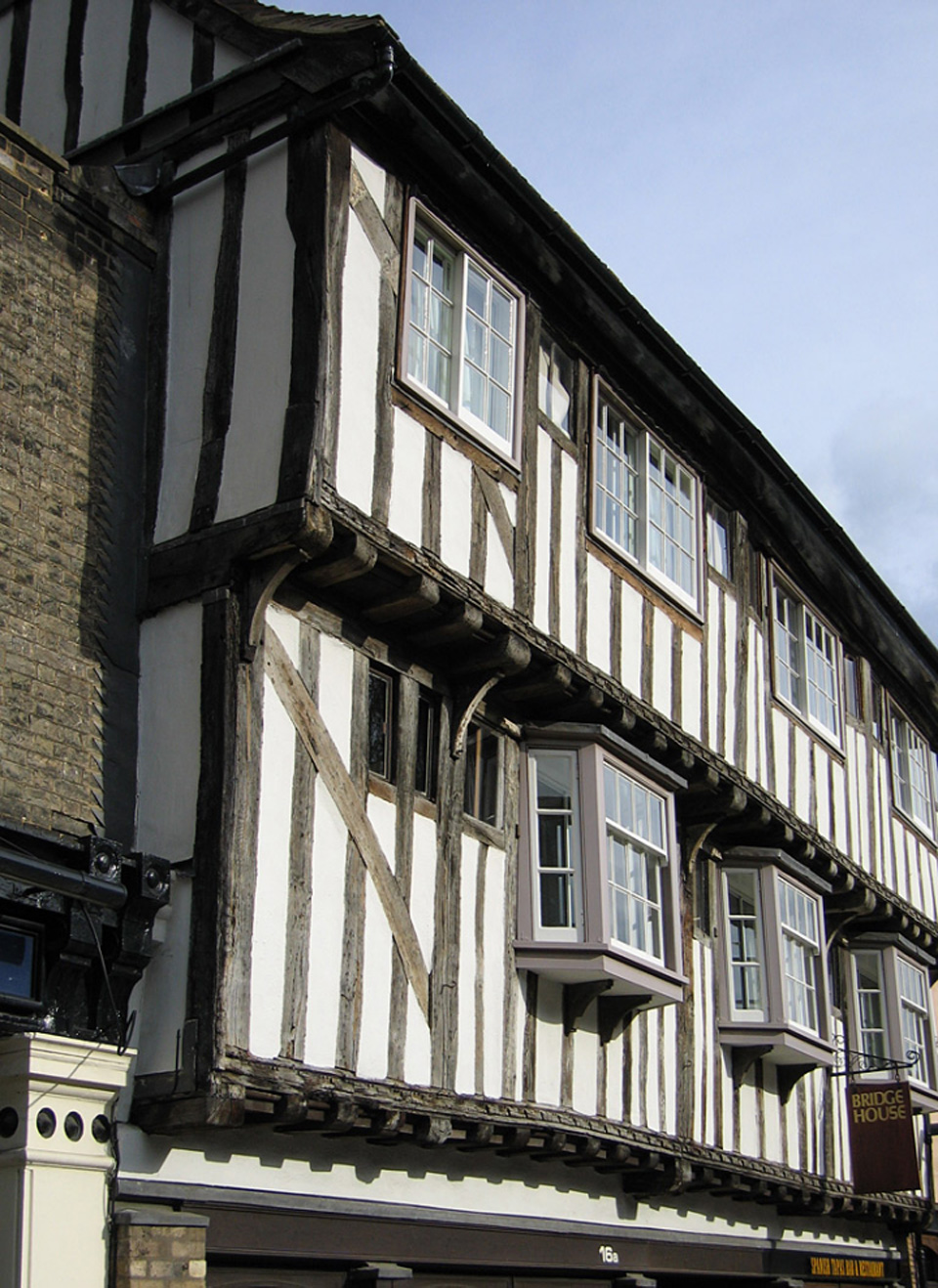
Figure 2: The upper layer protrudes outward from the "face facing building"
The mayor of the city of London at the time was a "republican" figure who opposed Charles II, the then King of England, everywhere. The Stuart dynasty, which was restored in 1660 after a series of civil wars, was also unable to resist the republican faction due to its unstable throne. The civil war and the outbreak of the glandular pestis in 1665 made the British royal family live in Oxford temporarily, and a number of dignitaries also moved to country villas to avoid the epidemic.
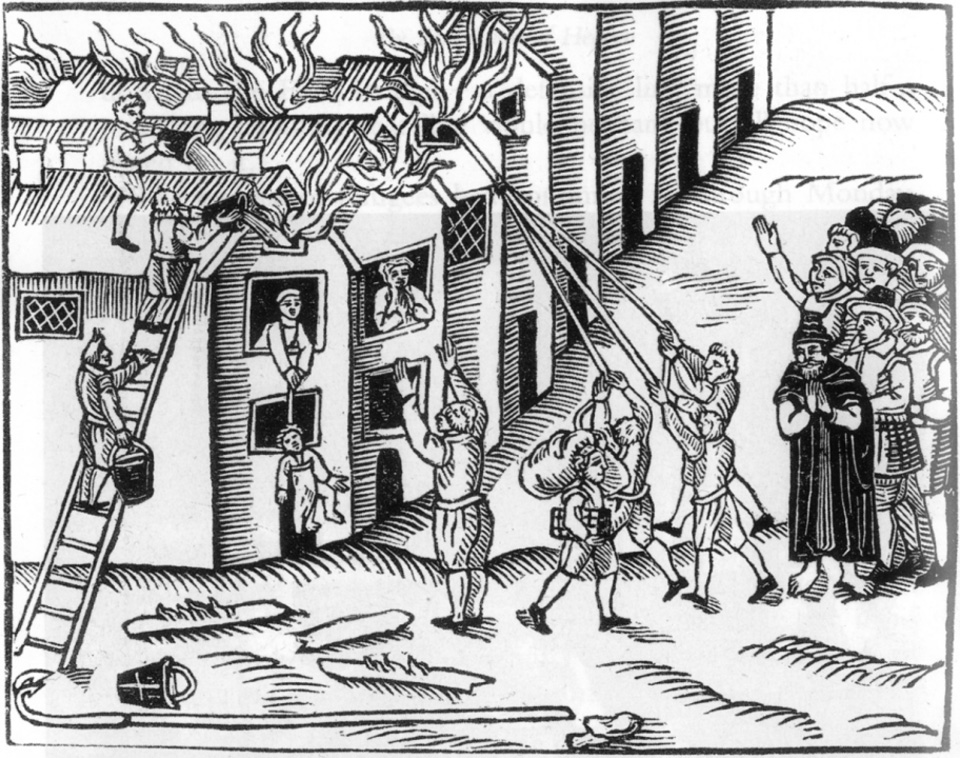
Figure 3: Medieval firefighters were using leather buckets to water the fire and using iron hooks to pull down the burning building
Due to the flammability of building materials at that time, a candle or an oil lamp could ignite a big fire. And the person in charge of the firefighting work at that time, apart from thousands of night patrols and night watchmen, once a fire broke out, local officials mainly organized civilian volunteers to put out the fire. Each church is stocked with firefighting tools such as ladders, leather buckets, fire axes, and long handled iron hooks. There are two main firefighting methods. Firstly, watering was used. At that time, there was an elm water supply network in the city that could supply 30000 households. The water source was mainly from the Thames River during high tide, and it was generally possible to disconnect the pipeline near the fire site and directly take water.
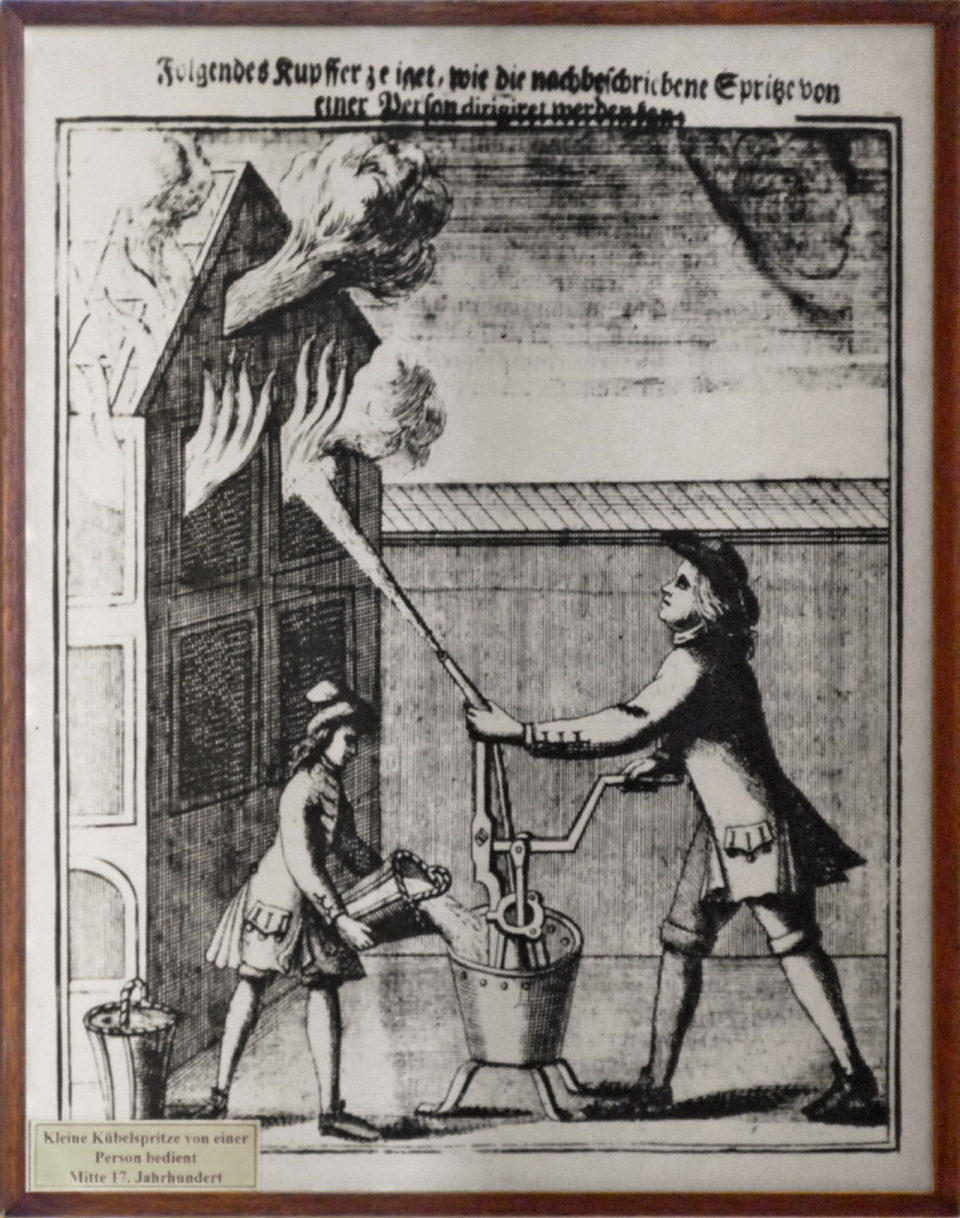
Figure 4: People in the Middle Ages used manual water pumps to spray water onto a fire site
In addition, there are a certain number of "fire trucks" in the city, equipped with large sinks and water pumps, for extinguishing large-scale fires. The second is isolation, which is to form a "isolation zone" by demolishing houses to prevent the spread of the fire.
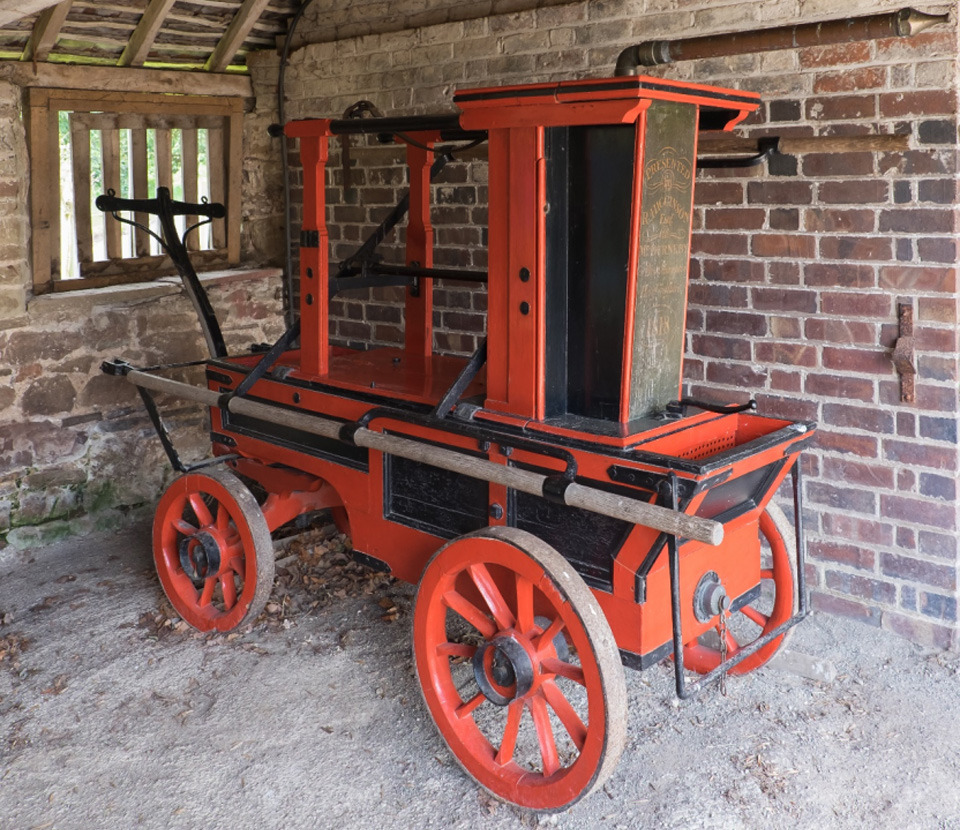
Figure 5: This is an 18th century fire truck, which was born nearly a hundred years after the Great Fire in London
Okay, we have some understanding of the temporal and spatial background of this fire. Next, let's review the entire process of the accident through the records at that time! As professionals in the fire protection industry, we will incorporate some of our own insights into our narratives, and we welcome everyone to leave a comment in the comments section for correction.
Catch fire on September 2nd
This fire broke out around 1am on Sunday, September 2, 1666. A bakery in Pudding Lane, London caught fire, and surrounding neighbors began to scramble to put out the fire. The diocese sheriff arrived with his men an hour later and proposed to demolish surrounding houses to build a quarantine zone. However, there was opposition from the surrounding residents, and the two sides had no choice but to report to the mayor.
It should be pointed out that the firefighters missed the best rescue opportunity in this accident. Pudding Lane is close to the Thames River, and even if there is no pipeline around to fetch water, two rows of people can be organized to use leather buckets to draw water from the Thames River and deliver it to the front of the fire by hand for firefighters to use. If the surrounding houses can be demolished in a timely manner and the fire site can be limited to a small area, the fire should be quickly extinguished. At the same time, the security officers at that time did not have the basic concept of modern firefighting - they first organized the orderly evacuation of unrelated personnel, which caused great obstacles for subsequent rescue efforts.
By the time Mayor Thomas Bloodworth arrived, the flames had already engulfed the surrounding residential areas. That night, a strong east wind was blowing, and the fire quickly rushed towards the north bank of the Thames with the help of the wind. London was the largest port city in Britain at that time, with numerous warehouses and yards on the riverbank, filled with various flammable goods. Thomas Bloodworth, who was afraid of his hands and feet, decisively rejected the proposal to demolish the house amidst the pleading and clamor of the public, leaving behind a famous saying - 'A woman can douse it with urine'. He then walked away, leaving a bewildered local official who could only bravely command everyone to use the original means to save it.
If the impact of a catastrophic event has spread from individuals to groups, it is indeed necessary to consider political factors when formulating solutions. Thomas Bloodworth was clearly frightened by the surging public opinion and chose to ignore the opinions of professionals. However, as a firefighter like him, firstly, he did not know that the losses and waste caused by "saturated rescue" were valuable; Secondly, it is impossible to predict the speed of fire development without knowing it; Thirdly, he don't know how important it is for disaster relief work to have a commander-in-chief who can keep up with the progress of the situation on the front line and hold significant power. Anyway, the mayor's instructions deprived the city of London of its second chance of being saved.
By noon on September 2nd, the public had given up hope of extinguishing the fire and instead fled for their own lives or rescued their own belongings. Crowds of people and vehicles blocked the already narrow road, making it difficult for rescue workers and vehicles to move at any pace. The fire has evolved into a flame storm, enough to create its own "weather" within the fire area, and the scorching air continues to rise, to the extent that a low-pressure zone resembling a "vacuum" is formed between the bottom floors of those "close to the face buildings", The resulting 'chimney effect' (Note: Usually refers to a narrow space with only head and tail ventilation, which, under the influence of thermal pressure difference, causes high-speed unidirectional air flow. The places most prone to the chimney effect are the atrium of buildings, elevator shafts, pipe shafts, tunnels, or pipe galleries. The chimney effect can rapidly contribute to the hazards of fires, such as the 1999 Mont Blanc tunnel fire in France, which lasted for 53 hours and killed 39 people. In 2000, the Kaplan tunnel fire in Austria killed 155 people.) The fire swept crazily through buildings and streets......
The news of the London fire was soon brought to the attention of the emperor. Charles II, who was far away from Oxford, urgently summoned his brother James, Duke of York (later James I), to discuss countermeasures and instructed Thomas Bloodworth to increase efforts in firefighting work, proposing that the Royal Guards could participate in disaster relief. Although Thomas Bloodworth is a novice in firefighting and disaster relief, fighting against monarchy has become an instinct. He wept to the messenger, 'The demolition of the house has been ordered, but the fire is spreading too quickly to be rescued.' He refused to allow the Royal Guards to intervene in civil affairs for the sake of 'dignity and the rights granted by citizens'.
When a fire cannot be extinguished, the job of firefighting is to control the spread of the fire and minimize the intensity and area of the fire. At this point, Thomas Bloodworth once again personally buried the opportunity to prevent the spread of the fire. The organized disciplinary forces were rejected outside the city, while there were only a few volunteers left in the city, scattered and carrying out rescue work in the absence of command and dispatch.
All the buildings on the riverbank were destroyed, including water trucks that filled the water pipelines. Those fire trucks that rely on human and animal power, even if they can walk to the river to draw water, will fall into the river because there is no more standing space on the shore. The few remaining friends who were fortunate enough to fill the sink looked at the flames in the sky and didn't know where to save them. By the night of September 2nd, the fire had advanced 500 meters to the west and north.
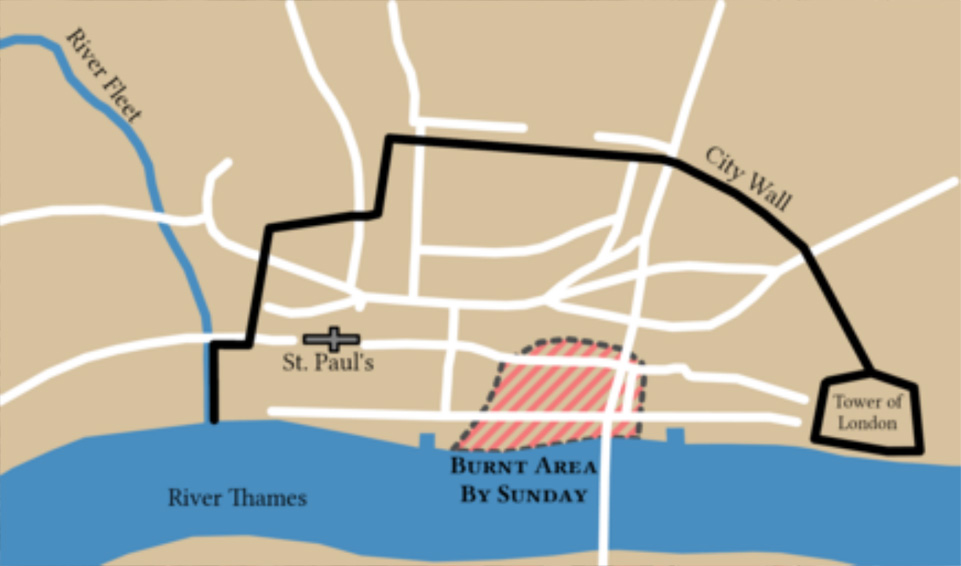
Figure 6: The fire broke out late at night on September 2nd, with the black border showing the walls of London at that time
—————————————————— To Be Continued ——————————————————
PS:Some images and texts are sourced from the internet. If there is any copyright infringement, please contact us to delete them within 24 hours.